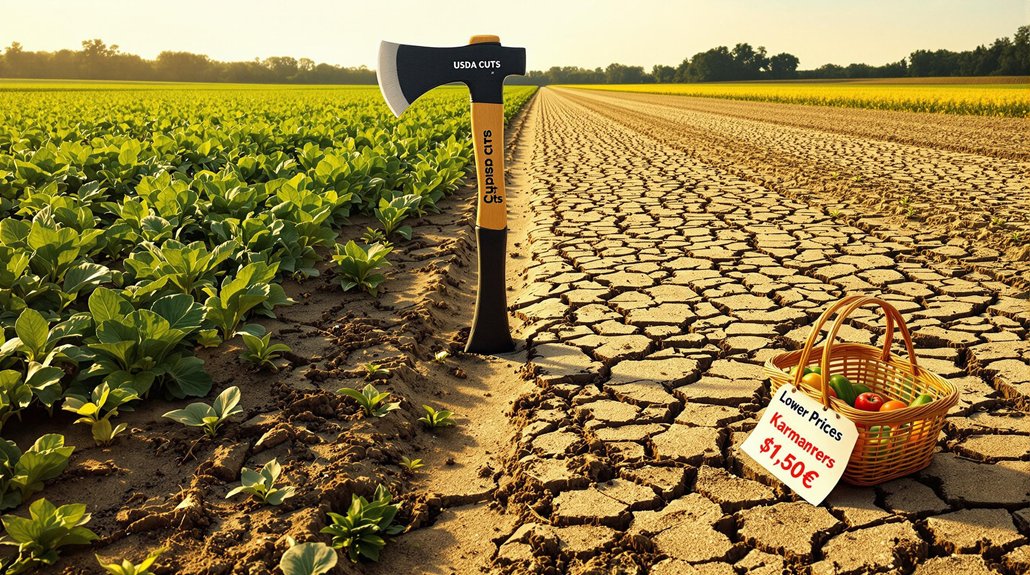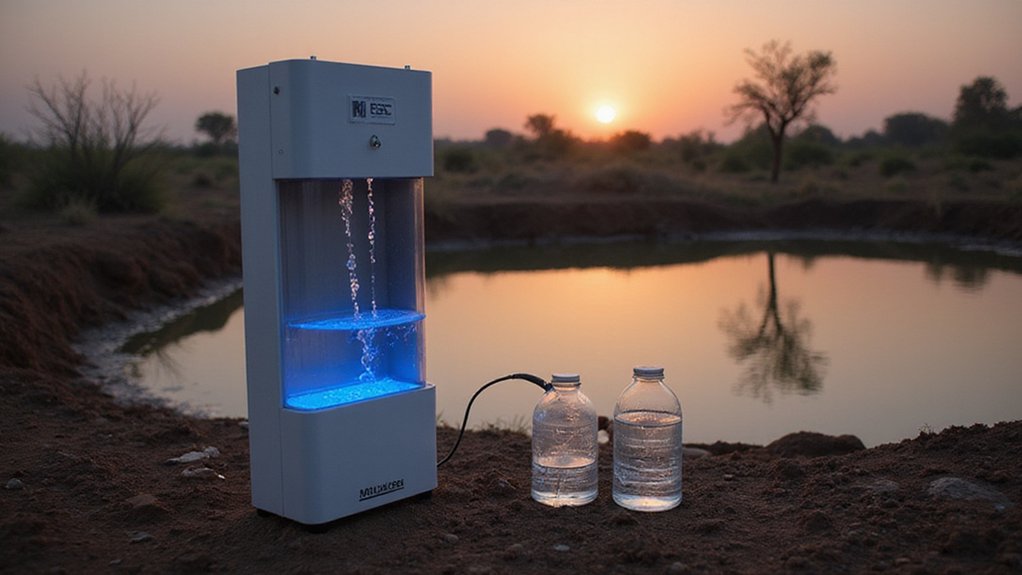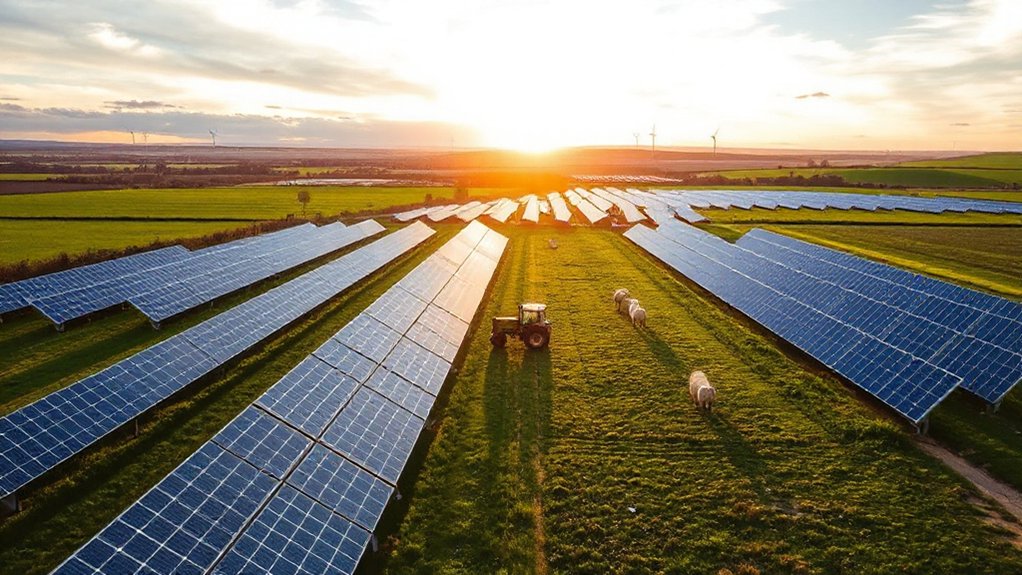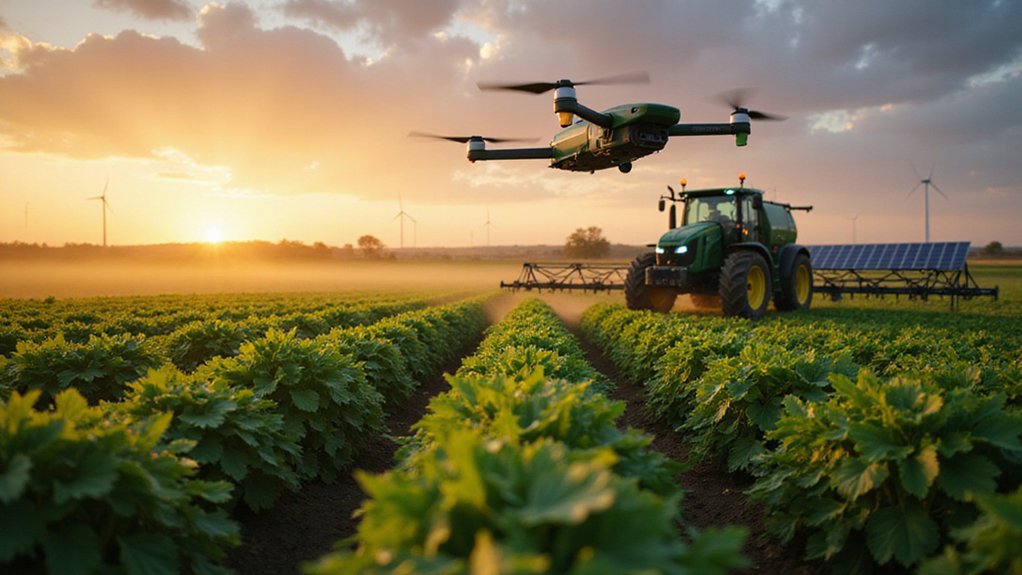Recent USDA budget cuts of over $1 billion are wreaking havoc across 40 states. School districts like Scottsdale lost $100,000 for local food, while food banks struggle with demand doubling. Local farmers are losing critical partnerships. The fallout? Higher grocery prices, threatened agricultural research, and potential SNAP benefit cuts of $230 billion through 2034. No mention of invasive species in the data, though. The real crisis might be even worse than reported.
Billions of dollars in USDA budget cuts are about to hit American dinner tables where it hurts most—the wallet. A whopping $1 billion is being slashed from local food purchasing programs, with $660 million vanishing from the Local Food for Schools program and another $420 million from Local Food Purchase Assistance. That’s real money that was feeding real people in 40 states across America. Gone.
Schools are scrambling to fill the gap. Scottsdale Unified School District just lost $100,000 they were using for local beef and produce. Sure, it’s only 2% of their $6 million food budget, but try telling that to the cafeteria staff trying to serve decent meals while keeping costs down. One school official called the program a “godsend” before it got the axe.
Districts feeling the pinch as local food funds dry up. Even losing “just 2%” leaves cafeteria staff scrambling to make ends meet.
Food banks? They’re already drowning. Foodlink in Rochester won’t be able to buy as much from local farms. Blue Ridge Area Food Bank might see demand double. These places are already spending nearly three times what they did pre-pandemic—$5 million versus $1.8 million—and now they’ll have less free food through TEFAP. Math’s not looking good.
Local farmers are getting hit too. Dairy farms, small producers, the folks growing actual food that people actually eat—they’re losing critical support. Partnerships that took years to build between farms and food banks are withering on the vine. Talk about terrible timing.
The ripple effects are just beginning. We’re looking at potential disruptions in research, weaker protection against climate change impacts, and yes, higher prices at the grocery store—which are already up from last year. Thanks for that. The dismissal of thousands of USDA scientists and lab staff has created chaos in research critical for crop resilience and food security.
The worst part? SNAP benefits could see $230 billion in cuts through 2034. Food bank officials call this their biggest concern, and no wonder—SNAP provides nine meals for every one from food banks. Even a 10% cut would overwhelm the entire hunger relief system.
Bottom line? Your wallet’s about to get lighter. Your food options might get slimmer. And nobody seems to be doing much about it. These cuts are part of a deliberate shift toward what the USDA calls fiscally responsible initiatives that prioritize long-term sustainability over immediate community support.








